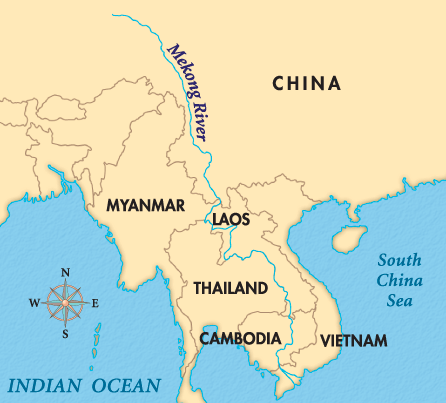China create world’s first cloned wild Arctic wolf ‘Maya’
- Posted By
10Pointer
- Categories
Science & Technology
- Published
22nd Sep, 2022
-
Context
A wild Arctic wolf was successfully cloned for the first time in the world by a Beijing-based gene firm.

Key-points
- A Beijing-based gene firm had succeeded in cloning the Arctic Wolf to prevent the endangered species from going extinct.
- The newly cloned wolf was named Maya, which means good health.
- The donor cell of the wolf came from a skin sample of a wild female Arctic Wolf.
- Its oocyte was obtained from a dog.
- The cloning process involved the construction of 137 new embryos from enucleated (process of removing nucleus from the cell) oocytes and somatic cells.
- 85 embryos were transferred to the uteri of seven beagles.
- The beagle was chosen as the surrogate mother since this dog breed is found to share genetic ancestry with ancient wolf.
What is cloning?
- Cloning is the process of producing living organisms, including cells, tissues etc., with identical genetic materials either through natural or artificial means.
- In nature, some organisms produce clones through asexual reproduction.
- Artificially, the first animal to be cloned was a sheep named Dolly.
- It was created in 1996 by a Scottish scientist using an udder cell from an adult sheep.
- Recently, in July 2022, Japanese scientists have succeeded in producing cloned mice using freeze-dried skin cells.
- This new breakthrough makes it possible to practice bio-banking, which involves saving animal cells and creating clones from them.
Types of artificial cloning
- There are three different types of artificial cloning: gene cloning, reproductive cloning and therapeutic cloning.
- Gene cloning produces copies of genes or segments of DNA.
- Reproductive cloning produces copies of whole animals.
- Therapeutic cloning produces embryonic stem cells for experiments aimed at creating tissues to replace injured or diseased tissues.
About Arctic Wolf
- The Arctic Wolf is also known as white wolf or polar wolf.
- It is native to the High Arctic tundra of Canada’s Queen Elizabeth Islands.
- It is a subspecies of the grey wolf.
- This medium-sized wolf is smaller than the Alaskan timber wolf.
- Since the 1930s, there has been a significant decline in the size of the Arctic wolf’s skull because of the wolf-dog hybridization.
